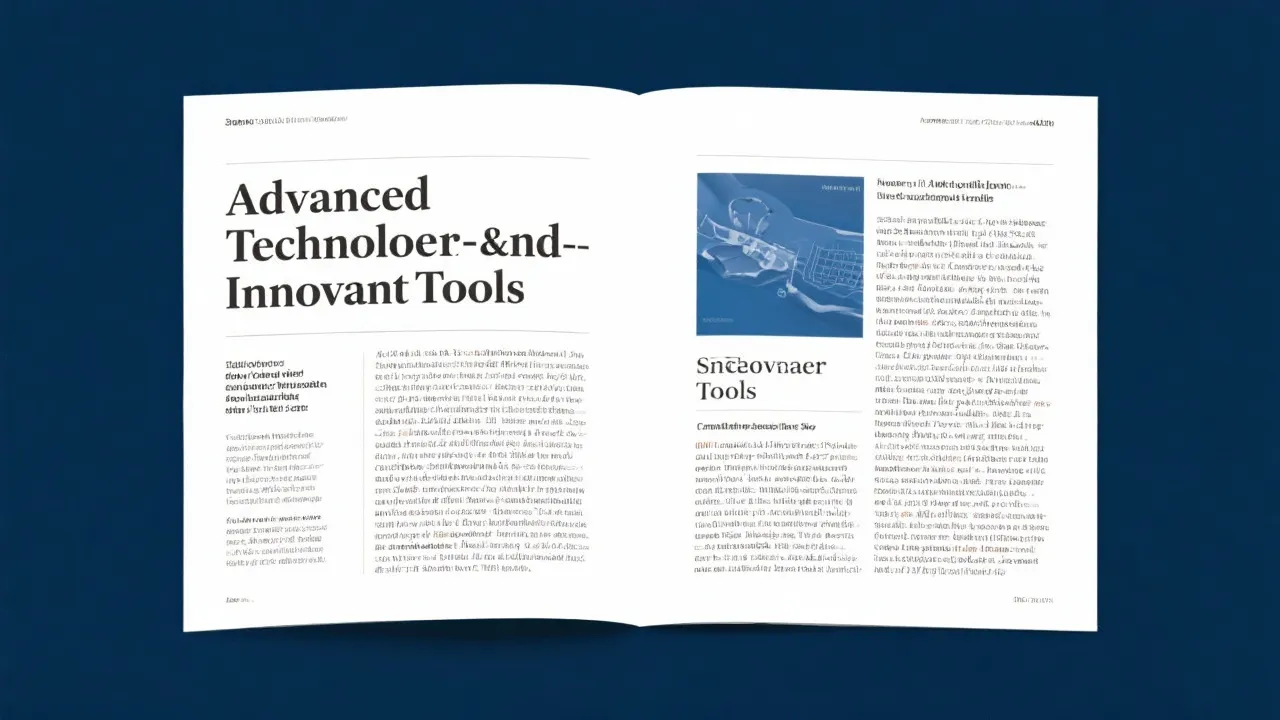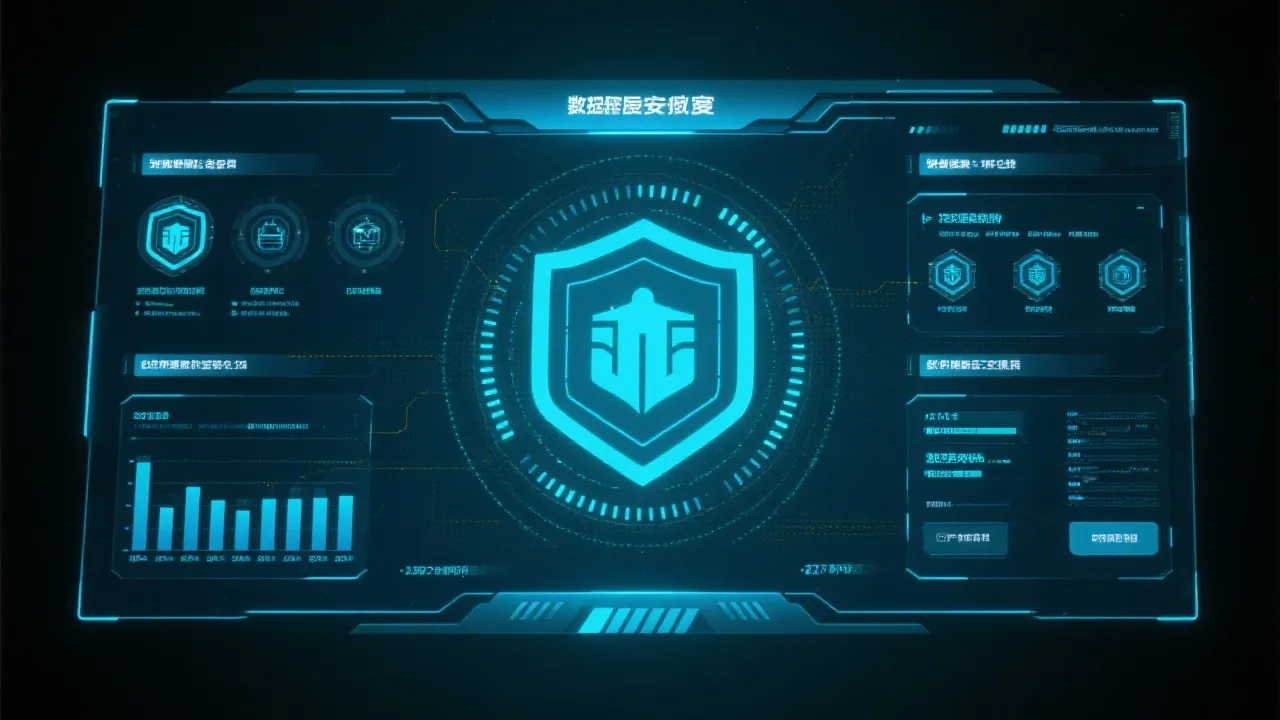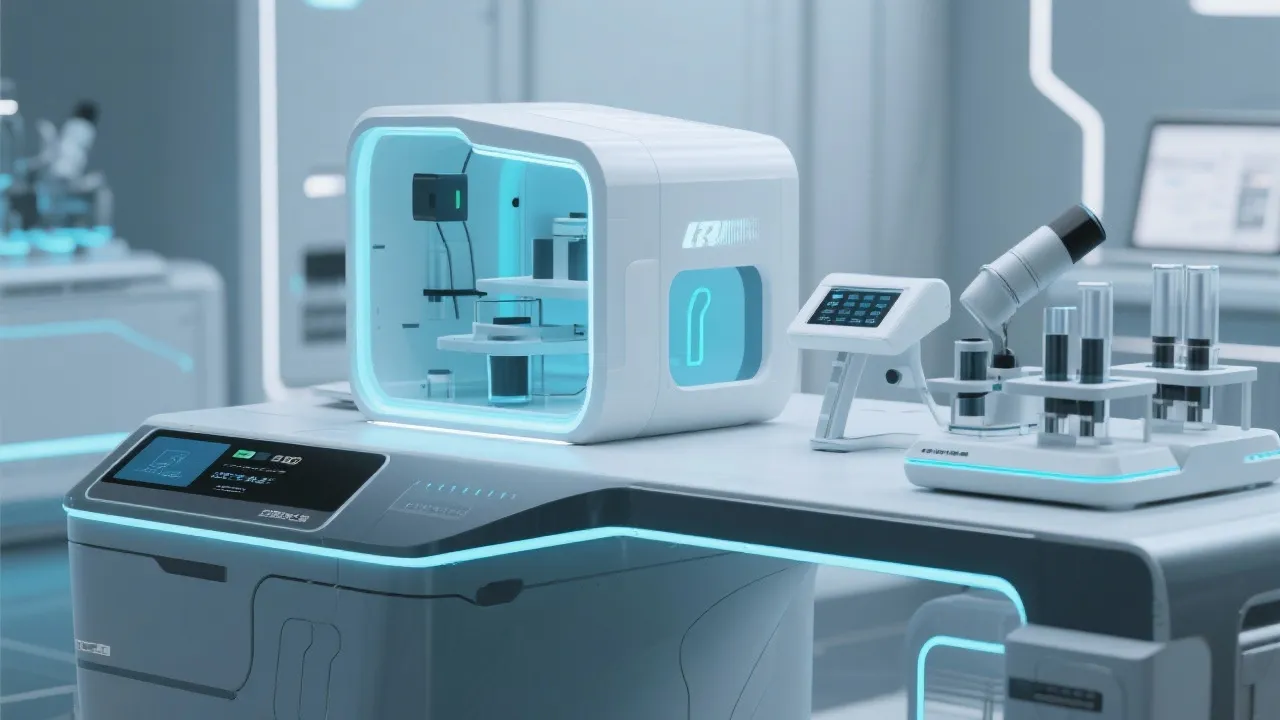Unveiling GHp 5h SsiBae
GHp 5h SsiBae is emerging as a pivotal term in the realm of medical innovations, possibly linked to cutting-edge genetic technologies. Despite its cryptic nature, exploring this term might reveal advancements in genomic research and biotechnology applications. Understanding its implications can propel developments in personalized medicine and life sciences, making it a subject worth exploring by scholars and industry experts.

An Introduction to GHp 5h SsiBae
The term GHp 5h SsiBae may at first appear ambiguous, yet it bears the potential to be at the forefront of genetic innovations. It suggests engagement with advanced biotechnological methods that could redefine contemporary medical practices. Understanding its implications is not merely an academic exercise; it is vital for those in medical and scientific fields aiming to lead in personalized medicine advancement. As the world of genomics is ever-evolving, staying attuned to such developments can empower scholars and practitioners alike to position themselves strategically at the intersection of technology and health.
The Evolution of Genomic Research
Historically, genomic research has undergone tremendous transformation from the early days of genetic discoveries, such as Gregor Mendel’s work with pea plants in the 19th century, to the landmark completion of the Human Genome Project in the late 20th century. This project mapped the entire human genome, providing foundational knowledge that has catalyzed further studies in genetics and biotechnology. As we stand at this crossroads of innovation, GHp 5h SsiBae emerges as a new terminology that likely signifies the next phase in this expanding narrative of genomic research.
In recent years, advances in technology have made sequencing genetic material faster and more affordable. This democratization of genetic information has not only accelerated research but also laid the groundwork for precision medicine. In this context, GHp 5h SsiBae may represent the culmination of these advancements into a scalable application that healthcare professionals can utilize to produce personalized care strategies.
Implications in Genomic Research
This cryptic phrase likely embeds significant meaning within the domain of genomic technology. It may correlate with novel sequencing methods or breakthroughs in genetic manipulation, which are crucial for treating hereditary disorders. These advancements hold the promise of revolutionizing treatments and improving patient outcomes worldwide. For instance, genetic sequencing technologies like Next-Generation Sequencing (NGS) have already transformed our approach to diagnosing genetic diseases—they allow clinicians to identify mutations that cause disorders much more rapidly than traditional methods.
Moreover, the potential implications of GHp 5h SsiBae may be profound in the realm of gene therapy. By allowing precise modifications in DNA, biotechnological interventions can not only treat but possibly cure genetic conditions that have long vexed medical science. For example, diseases such as cystic fibrosis and sickle cell anemia stand as candidates for innovative therapies stemming from these advancements. Additionally, the ethical considerations surrounding such powerful tools are equally significant, leading to vibrant discussions about the limits of human intervention in our genetic codes and what it means to manipulate life at such fundamental levels.
Potential Impact on Personalized Medicine
Within the sphere of personalized medicine, GHp 5h SsiBae might relate to precision therapeutics tailored to individual genetic makeups. Such an approach could ensure higher efficacy and reduced adverse effects, making healthcare more precise and patient-centric. Adapting these innovations is paramount for healthcare providers striving for excellence in treatment protocols, especially within the increasingly complex landscape of patient care that accounts for not just health conditions but also genetic predispositions and environmental factors impacting patient health.
Personalized medicine emphasizes the importance of understanding variances among individuals, suggesting that treatment that works for one person may be ineffective or harmful for another. By leveraging advanced genomic insights, clinicians can better predict how patients will respond to specific treatments, leading to a more focused approach in prescribing drugs and therapies. This could reduce the trial-and-error process traditionally associated with medication management, thereby saving costs and improving overall outcomes. As GHp 5h SsiBae potentially anchors new techniques for understanding genetic information, it prompts discussions around equal access to such personalized modalities, striving for equitable healthcare solutions.
Comparative Analysis of Advances in Biotechnology
| Technology | Impact |
|---|---|
| Gene Editing | Promises precision in genetic manipulation, thus avoiding inherited conditions and enabling the correction of mutations causing diseases. |
| CRISPR-Cas9 | Enables targeted modifications within the genome with unparalleled accuracy, fostering a new level of customizable genomics for therapeutic use. |
| Deep Sequencing | Allows comprehensive analysis of genetic variations aiding in complex diagnostics, thus uncovering previously hidden layers of genomic information. |
| Gene Therapy | Represents front-line treatment options for previously untreatable genetic diseases, signifying a major shift in how such disorders may be viewed and treated. |
| Bioinformatics | Enhances our understanding of complex biological data, assisting in the interpretation of genome-wide association studies (GWAS) and paving the way for individualized treatments. |
Global Trends and Innovations
Around the globe, biotech innovators are incessantly pushing the boundaries to integrate sophisticated genetic technologies into routine practices. Startups and research institutions are fervently exploring the uncharted territories that GHp 5h SsiBae might represent, reflecting a global commitment to health advancement. Institutions championing such research could spark transformative change in how we approach genetic disorders. Notably, collaborations between academic institutions and private companies have become increasingly common, forging partnerships that harness insights from both worlds to catalyze advancements in genetic research and clinical application.
Moreover, innovation hubs in regions like Silicon Valley, Boston, and Cambridge have seen a rapid rise in biotech incubators that support emerging companies focused on genetic technologies. With increased venture capital investments in biotech, there is a noticeable trend toward fast-tracking the development and commercialization of genetic diagnostics and therapies. This boom in entrepreneurship within biotech fosters an ecosystem rich in creativity, leading to the emergence of novel tools designed to empower researchers and clinicians alike.
Another significant trend is the integration of artificial intelligence (AI) in genomic research. AI algorithms can analyze vast amounts of genetic data much faster than human researchers can, identifying patterns that can lead to insights about disease mechanisms and potential treatment strategies. This fusion of biotechnology and AI demonstrates the interdisciplinary approach needed to navigate the complexities of genomic medicine. With concepts such as GHp 5h SsiBae potentially heralding this integration, we may be on the brink of unprecedented breakthroughs.
Regulatory Framework and Ethical Considerations
As advancements in genetic engineering and biotechnology progress at an unprecedented pace, regulatory frameworks are compelled to adapt to ensure safety, efficacy, and ethical standards are maintained. Various regions across the globe have different laws and guidelines governing genetic research, particularly regarding human subjects. The debate surrounding ethical considerations, including the implications of gene editing, remains at the forefront of discussions in the biotech industry.
For instance, the application of CRISPR technology raises questions regarding germline editing—modifications that can be passed on to future generations. The global scientific community has expressed a consensus advocating for caution and thorough ethical deliberation before proceeding with such irreversible interventions. Moreover, who has access to these technologies and how they are employed continues to spark substantial dialogue, particularly if socioeconomic factors may hinder equitable healthcare access.
In response, several countries are establishing ethical boards and committees to scrutinize proposals for genetic research, providing guidance on proper conduct and safeguarding against misuse. International collaborations among researchers, governments, and regulatory bodies are exploring how best to navigate these murky waters while promoting innovation and protecting human rights. The interplay between technological advancement and ethical considerations will arguably dictate the pace and direction of innovations like those signified by GHp 5h SsiBae.
Future Directions and Potential Research Pathways
As researchers delve deeper into the implications associated with GHp 5h SsiBae, various future research pathways may emerge, shaping the landscape of genomics and personalized medicine. Identifying the underlying mechanisms that account for individual differences in genetic disorders could lead to breakthroughs that fundamentally shift current therapeutic approaches. Interdisciplinary research merging genetics, environment, and pharmacology will be critical in developing comprehensive treatment frameworks that consider all factors influencing health.
Furthermore, integrating genomic data with electronic health records (EHRs) offers immense potential. Such integration enables healthcare providers to utilize genetic information in real-time decision-making processes, offering powerful personalized insights that can direct preventive care or treatment choices. This may contribute to a shift from reactive to proactive healthcare, wherein screenings and interventions can be tailored based on a patient's genetic predisposition rather than solely their manifest conditions.
Enhancing public understanding and accessibility of genomic technologies will be necessary to combat misconceptions and promote informed decision-making among patients. Creating outreach programs aimed at educating the public on genetic testing and its implications can foster a culture of collaboration and active participation in one's own healthcare journey. By demystifying the processes and benefits of genomic medicine, GHp 5h SsiBae could serve as a beacon for broader acceptance and utilization of biotechnological innovations in everyday healthcare.
FAQs
Q1: What exactly does GHp 5h SsiBae signify in the scientific community?
A1: While specific details remain elusive, the term suggests a linkage to advanced genetic research possibly unveiling new pathways in understanding and treating genetic disorders. It may embody innovative methodologies that could revolutionize the way genetic information is processed and applied within clinical settings.
Q2: How does this relate to personalized medicine?
A2: It underscores the importance of tailored treatments based on an individual's genetic makeup, minimizing risks and maximizing treatment effectiveness. By integrating insights gleaned from advanced technologies related to GHp 5h SsiBae, healthcare can embark on a new paradigm focused on individual responses to therapy, ensuring higher rates of success in treatment efforts.
Q3: Can GHp 5h SsiBae impact current biotech startups?
A3: Absolutely, as it likely represents cutting-edge methodologies and innovations, potentially offering startups new avenues to explore and develop unique solutions. With the biotech landscape rapidly evolving, companies that can leverage advancements associated with GHp 5h SsiBae may establish themselves as leaders in a competitive market, enhancing the continuum of genetic treatment and patient care.
Q4: What are the potential ethical implications surrounding GHp 5h SsiBae?
A4: The exploration of GHp 5h SsiBae brings forth considerable ethical dilemmas, particularly concerning gene editing and the potential for germline modifications. The global scientific community advocates for a cautious, guided approach, emphasizing the need for comprehensive discussions around consent, equity, and access to advancements in genetic research.
Q5: What kinds of global collaborations are being initiated in response to scientific innovations such as GHp 5h SsiBae?
A5: There are numerous global research initiatives that involve academic institutions, industry stakeholders, and government bodies coming together to tackle the challenges posed by rapid advancements in genetic technology. These collaborations aim to foster communication, share resources, and utilize diverse expertise in the pursuit of novel therapies and ethical guidelines.
Conclusion
Although still shrouded in a degree of mystery, GHp 5h SsiBae might symbolize the next leap in genetic technology. Solving its enigma could unlock novel strategies to combat genetic disorders, heralding a new era in healthcare innovation. It prompts an ongoing exploration by experts and an opportunity to contribute to pioneering research and development ventures. As the world strives toward a future where genetic insights shape the foundation of medicine, the potential encapsulated within GHp 5h SsiBae may serve as a critical touchstone for pushing the boundaries of what is achievable in the realm of personalized health solutions. By staying informed and engaged with such terminologies and their implications, we can ensure a healthcare landscape that remains vibrant, equitable, and ever-evolving in sync with scientific discoveries.









